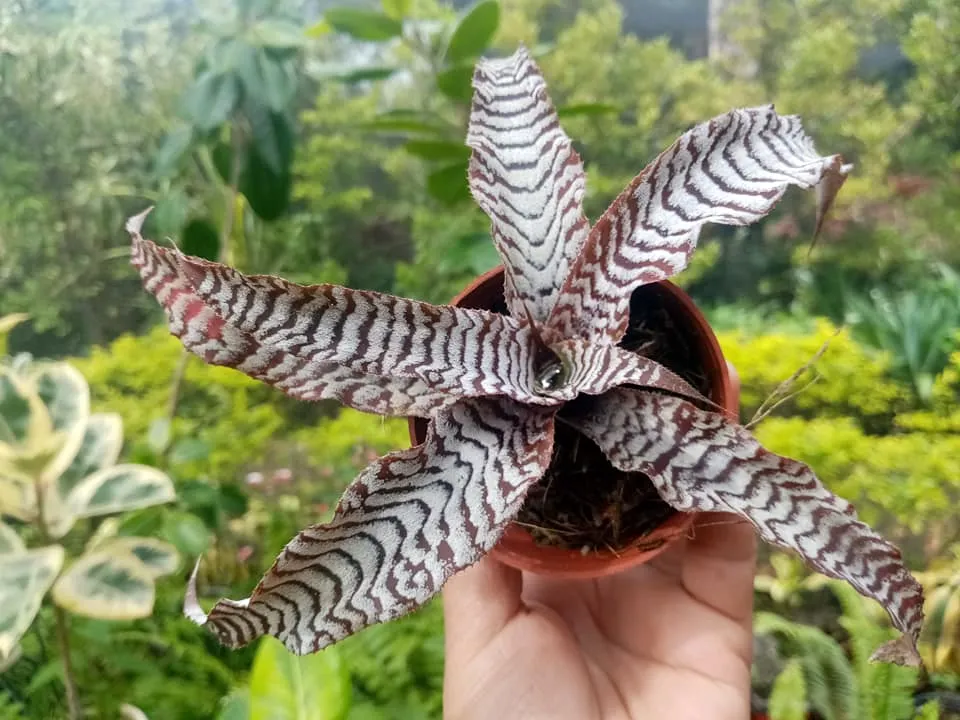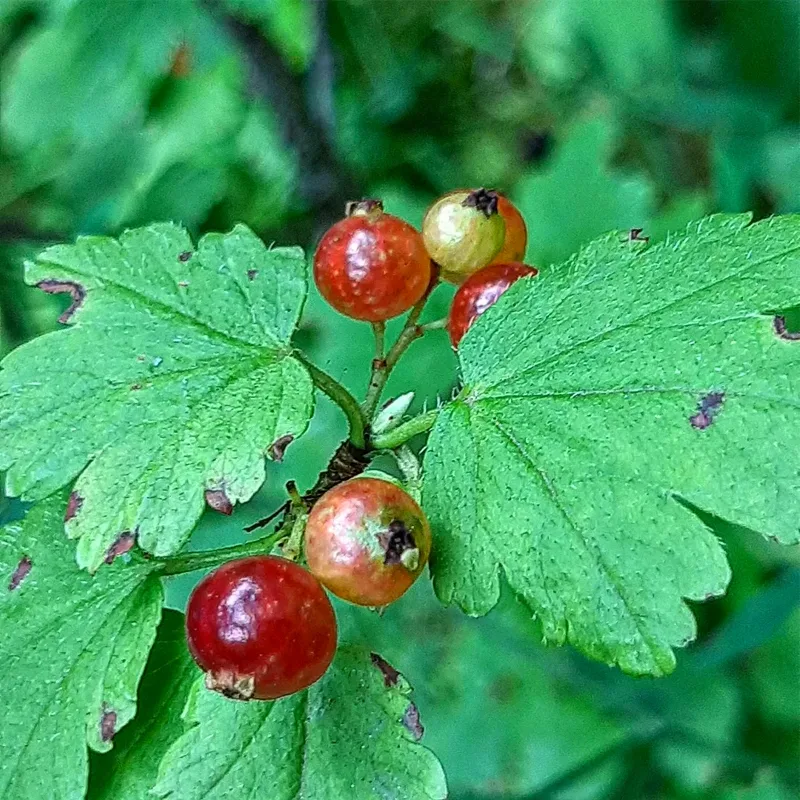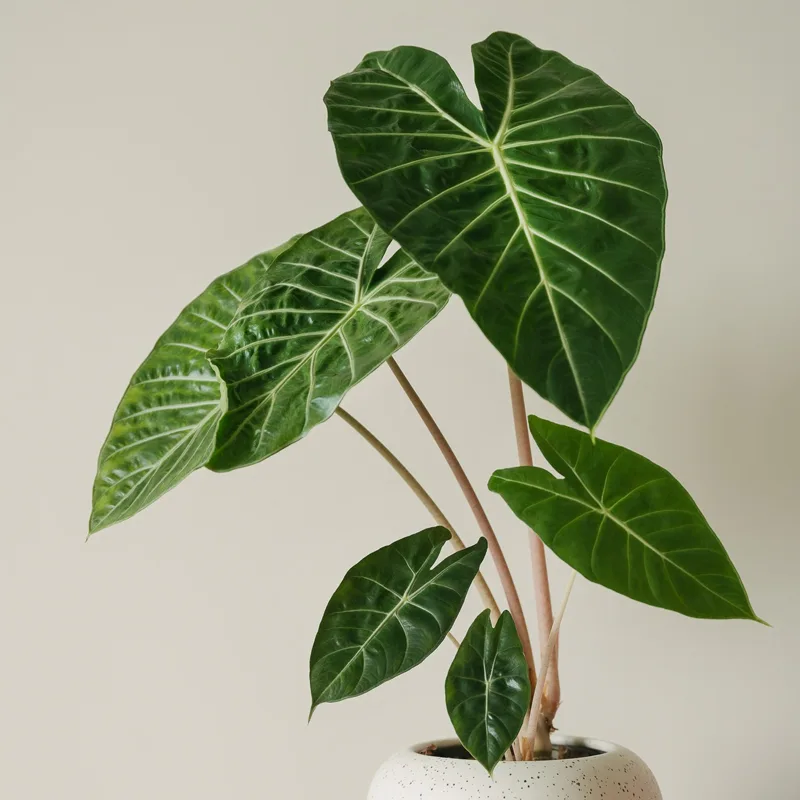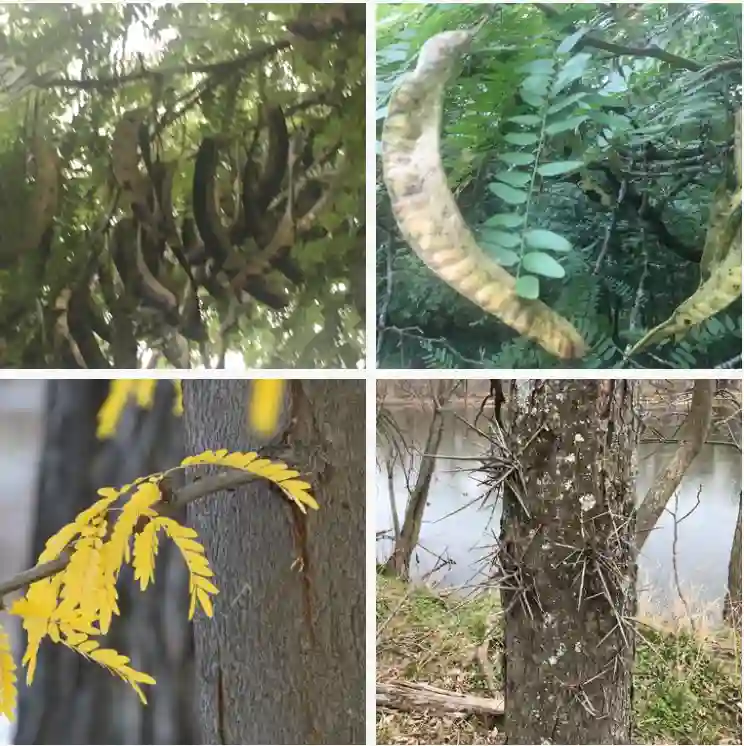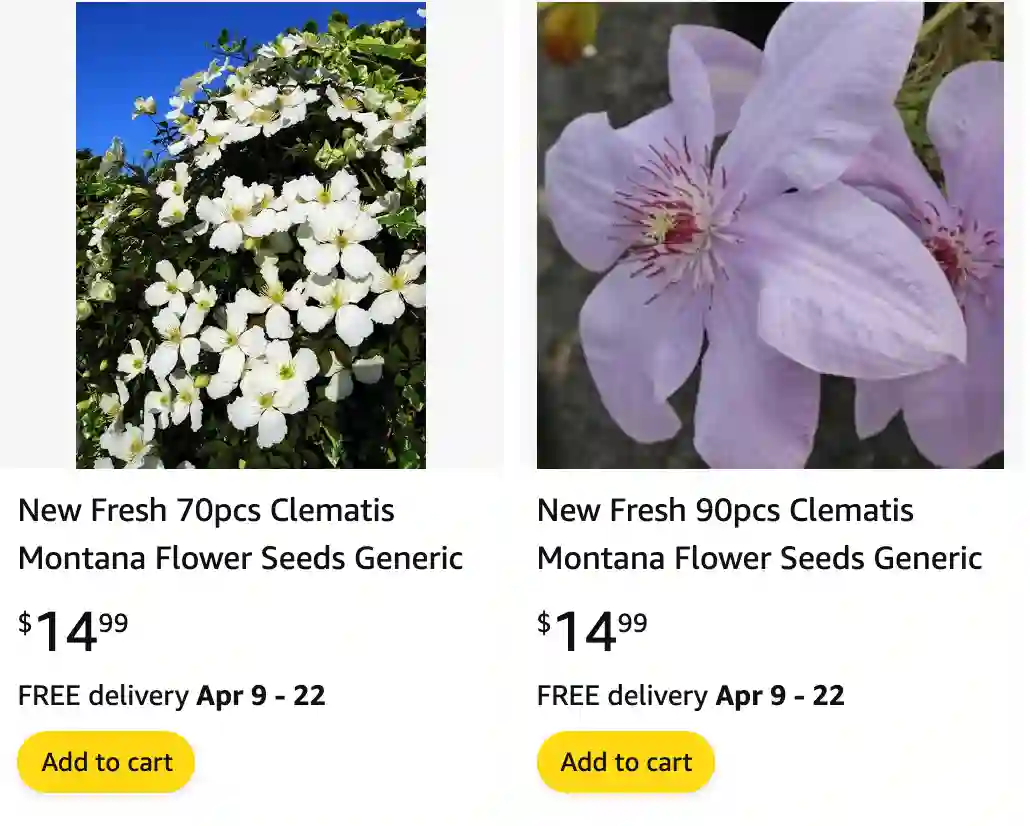
Clematis montana mayleen vs rubens
I’ve had the chance to grow Clematis Montana Mayleen, and I was really impressed by its vibrant, pink flowers and its vigorous growth—definitely a standout in my garden. In contrast, Clematis Montana Rubens has also been a favorite of mine, with its softer, blush pink blooms and a slightly more restrained growth habit, which worked better for a more subtle, elegant look.
391 Species in Genus Clematis
How to prune a clematis montana?
Pruning my Clematis montana involves a delicate touch and careful timing. I usually wait until after it’s finished blooming in the spring before I even think about pruning it. That way, I can avoid cutting off any potential flower buds for next year. I’ve found that trimming it too late in the season can result in fewer blooms the following year, so I try to stay on top of it as soon as the flowers start to fade.
Is clematis montana evergreen?
As for whether Clematis montana is evergreen, I’ve found that it’s not. In the winter, its leaves tend to fall off, leaving behind bare stems until spring rolls around again. It’s something to keep in mind if you’re looking for year-round greenery in your garden.
Is clematis montana poisonous to dogs?
I’ve heard that Clematis montana can be toxic to dogs if ingested, so I always make sure to keep an eye on my furry companions when they’re out in the garden. It’s just not worth the risk, especially since my pups tend to be curious about everything they come across.
When do you prune clematis montana?
Knowing when to prune Clematis montana is crucial for maintaining its health and promoting abundant flowering. I’ve learned that the best time to prune is right after it finishes blooming in the spring. This allows me to remove any dead or overgrown stems without sacrificing next year’s blooms. It’s a delicate balance, but it’s worth it to see those beautiful flowers year after year.
When does clematis montana flower?
When it comes to flowering, Clematis montana is a reliable performer in my garden. It typically blooms in late spring to early summer, covering itself in a profusion of delicate flowers. The exact timing can vary depending on the specific variety and growing conditions, but I always look forward to the spectacle of its blooms each year.
When to plant clematis montana?
I’ve found that Clematis montana thrives when planted in a sunny spot with well-draining soil. I usually plant mine in the spring, once the threat of frost has passed. That way, it has plenty of time to establish itself before the heat of summer sets in. With proper care, it grows quickly and rewards me with a stunning display of flowers year after year.
Where to buy clematis montana?
When it comes to buying Clematis montana, I prefer to support local nurseries and garden centers. I’ve found that they often have a better selection of healthy plants, and I can get personalized advice from knowledgeable staff. However, if you can’t find what you’re looking for locally, there are plenty of reputable online retailers that offer a wide variety of Clematis montana cultivars.
Can clematis montana be grown in pots?
I’ve never tried growing Clematis montana in pots myself, but I’ve heard that it can be done with the right care and attention. It’s important to choose a large enough pot with good drainage, and to use a high-quality potting mix. Regular watering and fertilizing are also key to keeping it happy and healthy in a container.
Can clematis montana grow in shade?
While Clematis montana can tolerate some shade, it tends to bloom more prolifically in full sun. I’ve found that planting it in a spot that gets at least six hours of sunlight per day produces the best results. However, if you have a shady garden, you can still enjoy the beauty of Clematis montana with a little extra care and attention.
Does clematis montana need support?
Clematis montana is a vigorous climber that benefits from some form of support, such as a trellis, fence, or pergola. I’ve found that providing it with a sturdy structure helps to guide its growth and prevents it from sprawling out of control. Plus, it adds vertical interest to the garden and showcases its beautiful blooms.
How fast does clematis montana grow?
In my experience, Clematis montana is a fast grower once it gets established. With the right growing conditions, it can put on several feet of growth in a single season. It’s important to keep an eye on it and provide support as needed to prevent it from becoming tangled or overgrown.
How long does clematis montana flower for?
Clematis montana typically flowers for several weeks in late spring to early summer, depending on the specific variety. I’ve found that deadheading spent blooms can help to prolong the flowering period and encourage new growth. It’s a simple task that only takes a few minutes but can make a big difference in the overall appearance of the plant.
How to propagate clematis montana?
Propagating Clematis montana can be done through various methods, such as layering, division, or stem cuttings. I’ve had success with stem cuttings, which involves taking a cutting from a healthy stem and rooting it in a potting mix. It takes some patience and care, but it’s a rewarding way to expand your Clematis montana collection.
Which is the best clematis montana?
Determining the “best” Clematis montana ultimately depends on personal preferences and specific growing conditions. However, one popular variety that consistently receives praise is Clematis montana ‘Rubens’. Its delicate pink flowers and vigorous growth make it a favorite among gardeners. ‘Elizabeth’, with its white blooms, is another popular choice for its stunning floral display. Ultimately, the best variety for you will depend on factors such as flower color, mature size, and suitability to your garden’s climate and conditions.
Why has my clematis montana died?
Unfortunately, Clematis montana can be susceptible to various pests and diseases, which can sometimes lead to plant death. I’ve had a Clematis montana die on me once, and it was a disappointing experience. I’ve since learned to keep an eye out for signs of trouble, such as wilting leaves or unusual discoloration, and take proactive measures to protect my plants.
Do bees like clematis montana?
Bees are attracted to the flowers of Clematis montana, making it a valuable addition to any pollinator-friendly garden. I love watching the bees buzz around my Clematis montana, collecting pollen and nectar as they go. It’s a win-win situation – the bees get food, and I get to enjoy the beauty of their presence in my garden.
Do you deadhead clematis montana?
Deadheading Clematis montana is a simple task that I make sure to stay on top of throughout the growing season. I’ve found that removing spent blooms not only keeps the plant looking tidy but also encourages new growth and prolongs the flowering period. It’s a small effort that pays off big in the long run, ensuring that my Clematis montana stays healthy and beautiful year after year.
If i die, water my plants!
